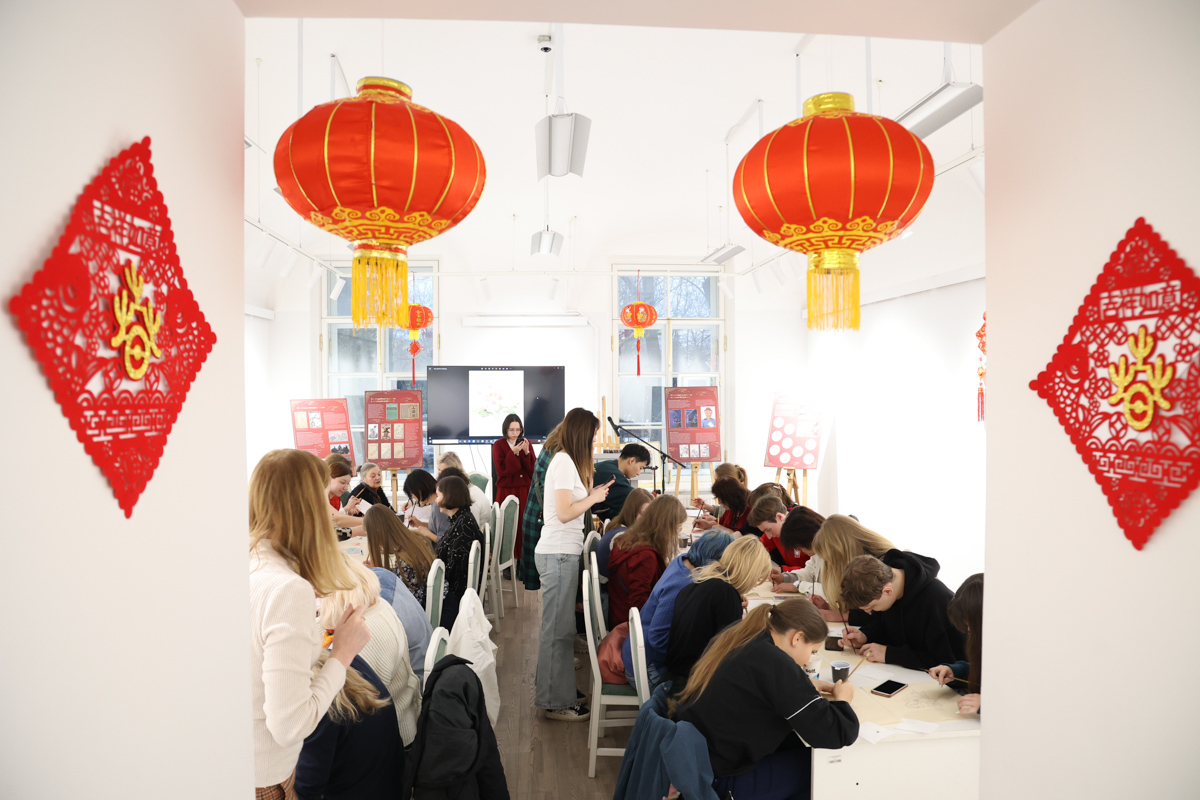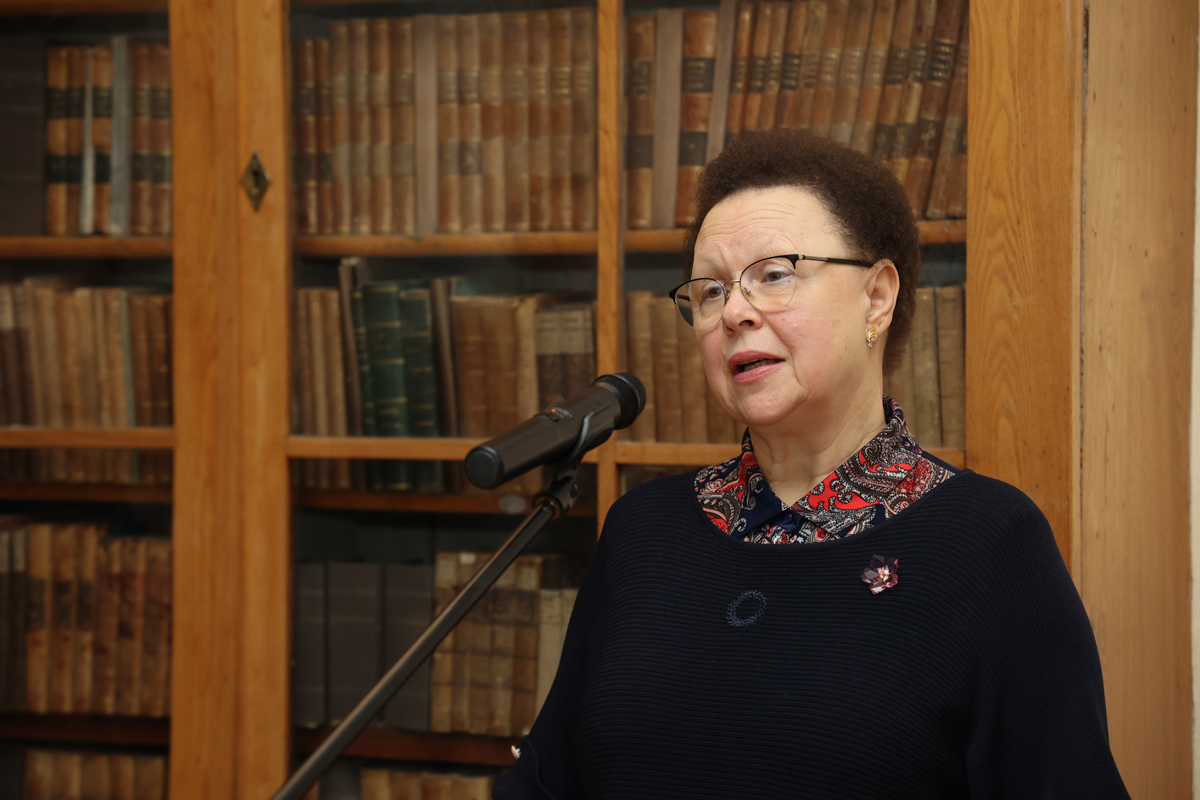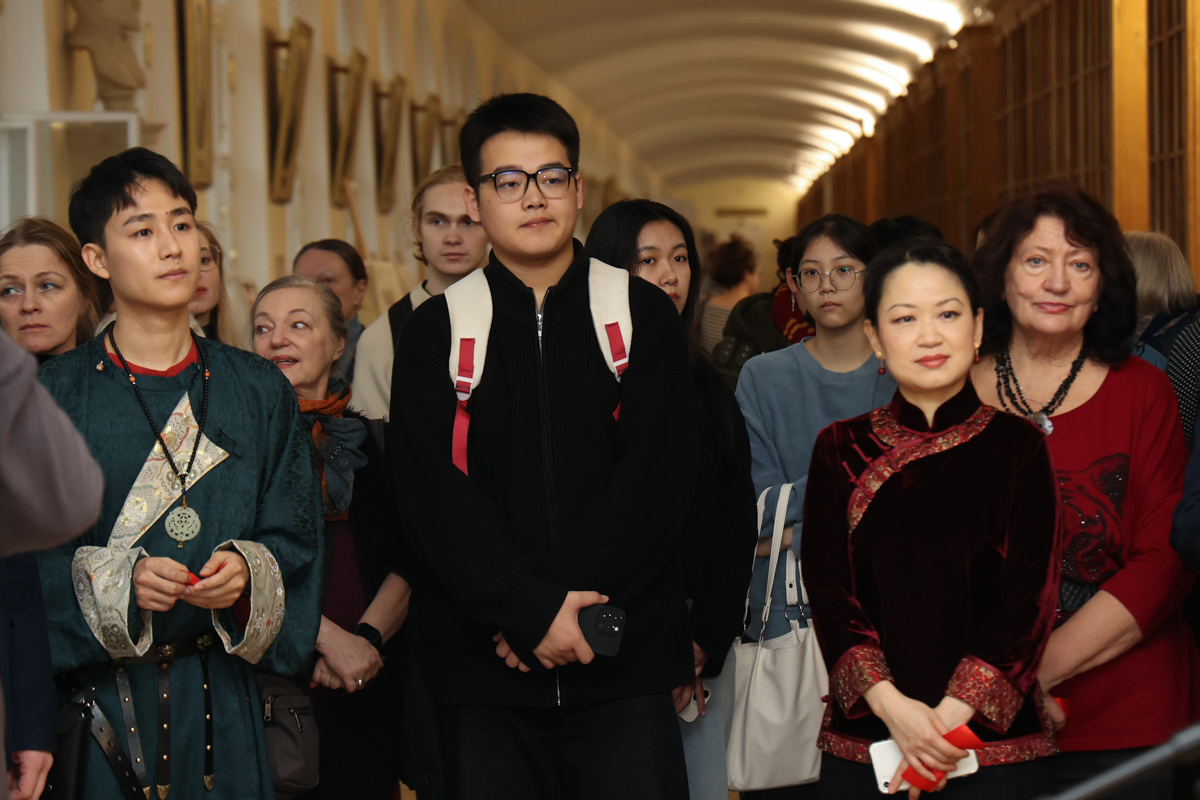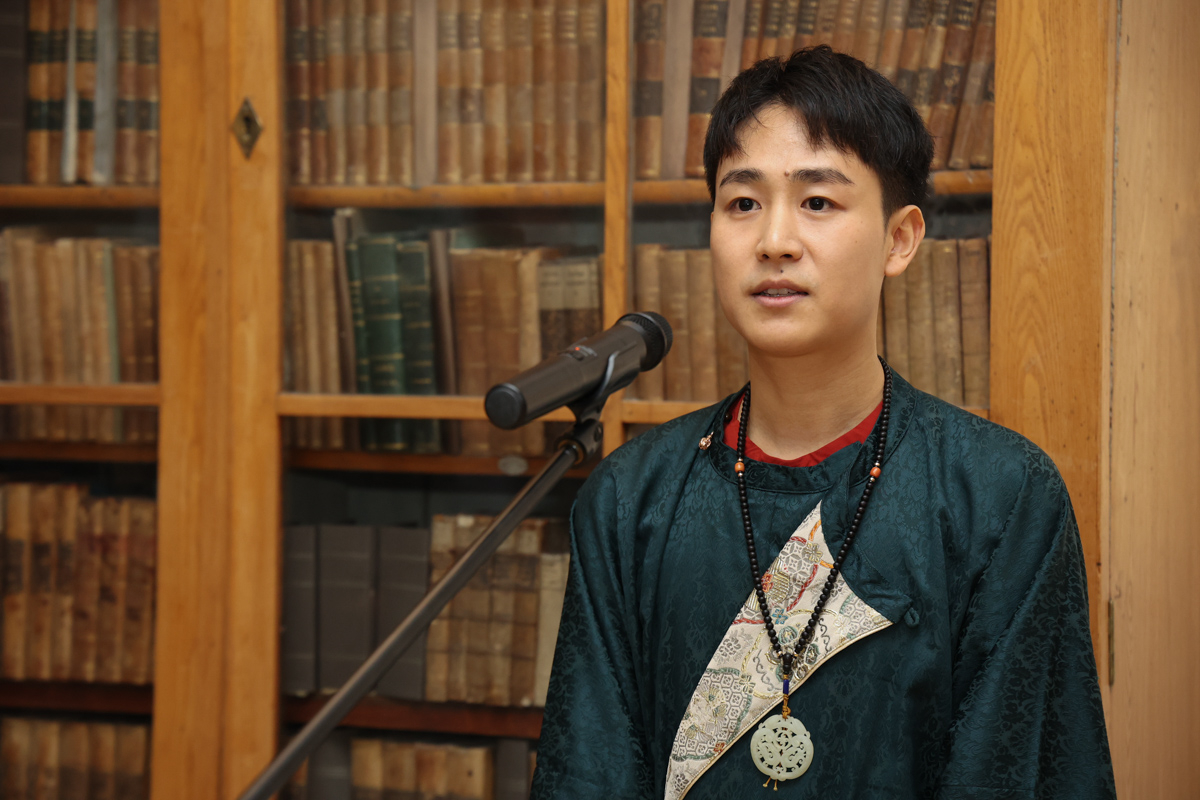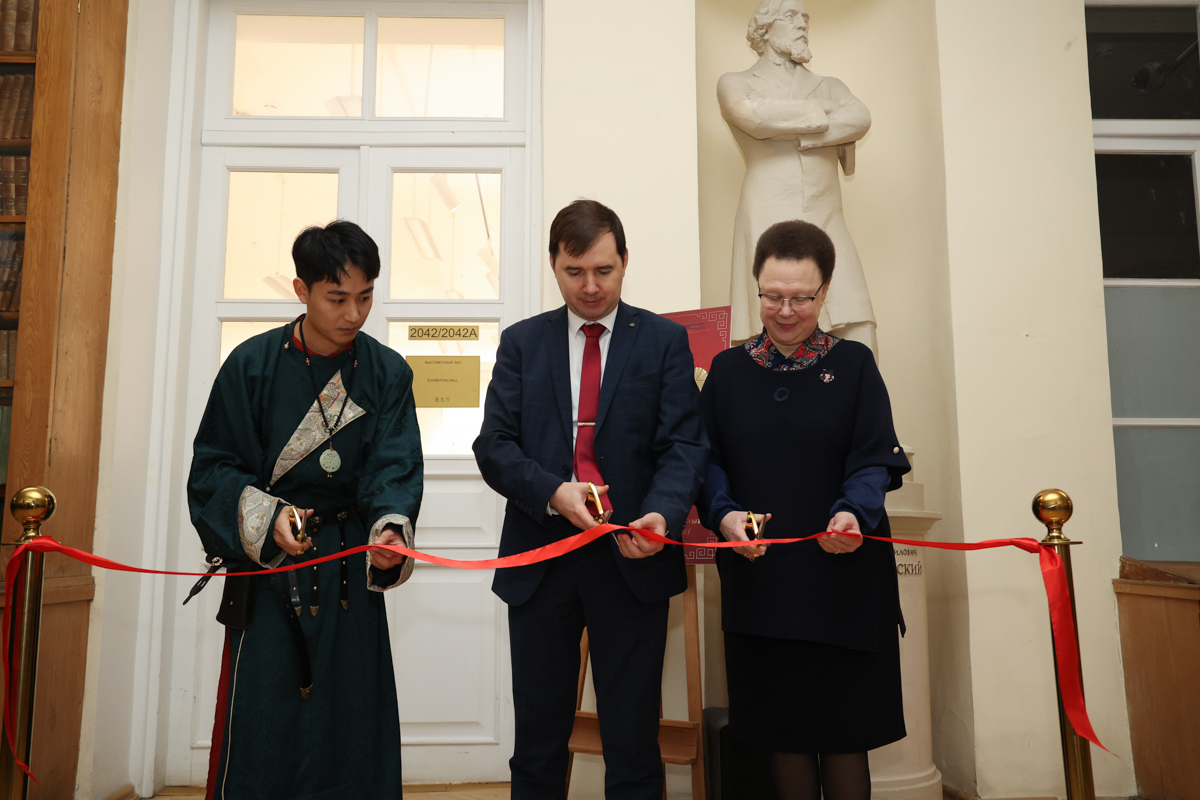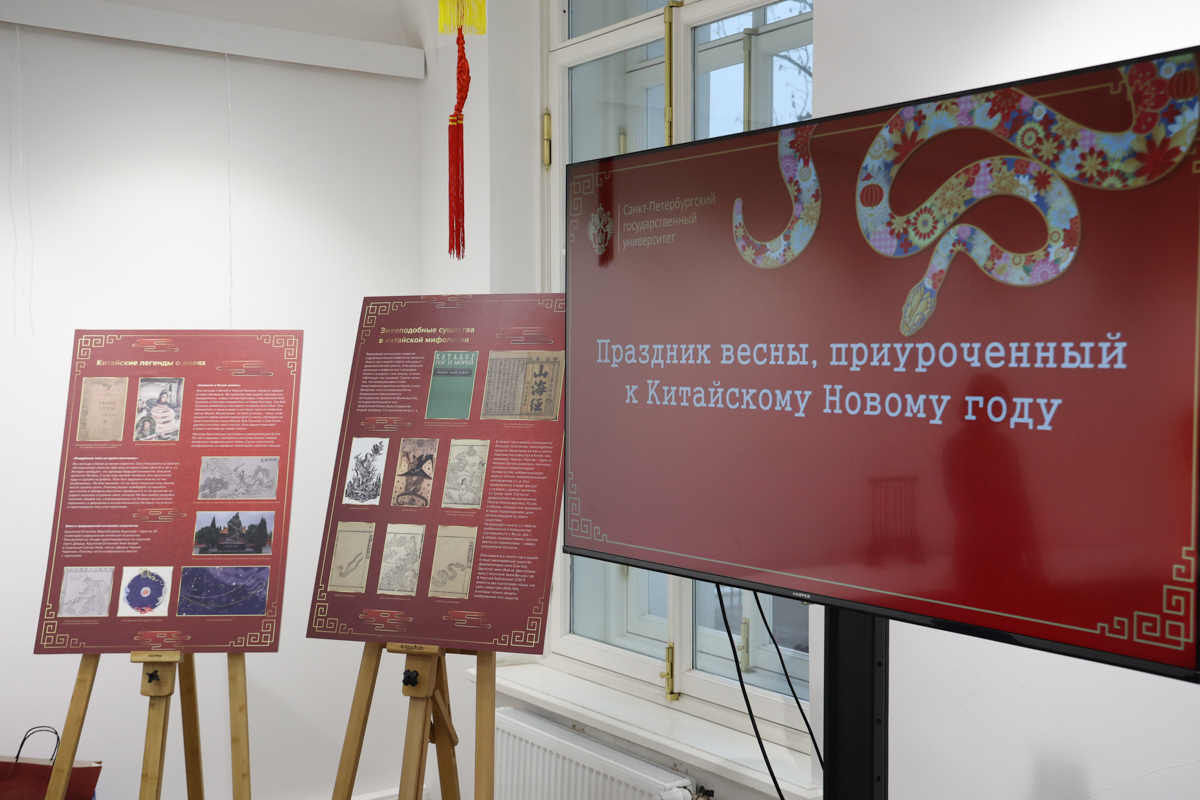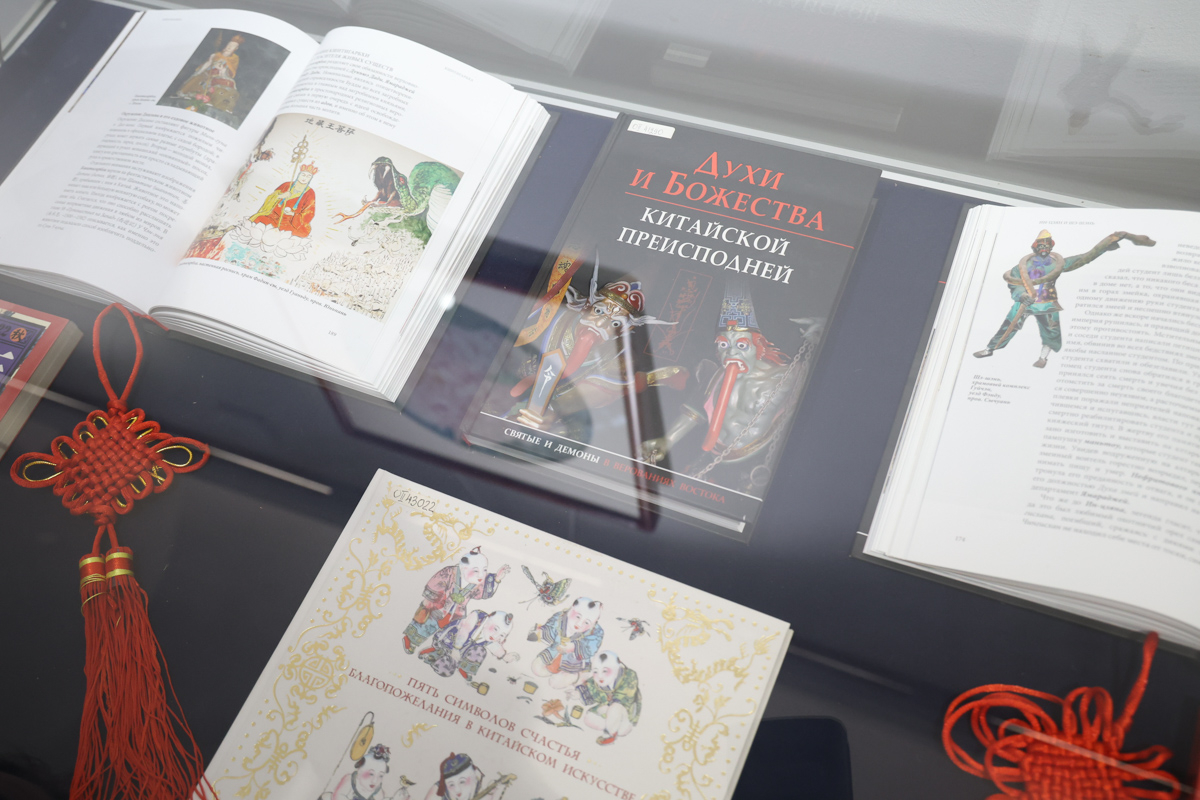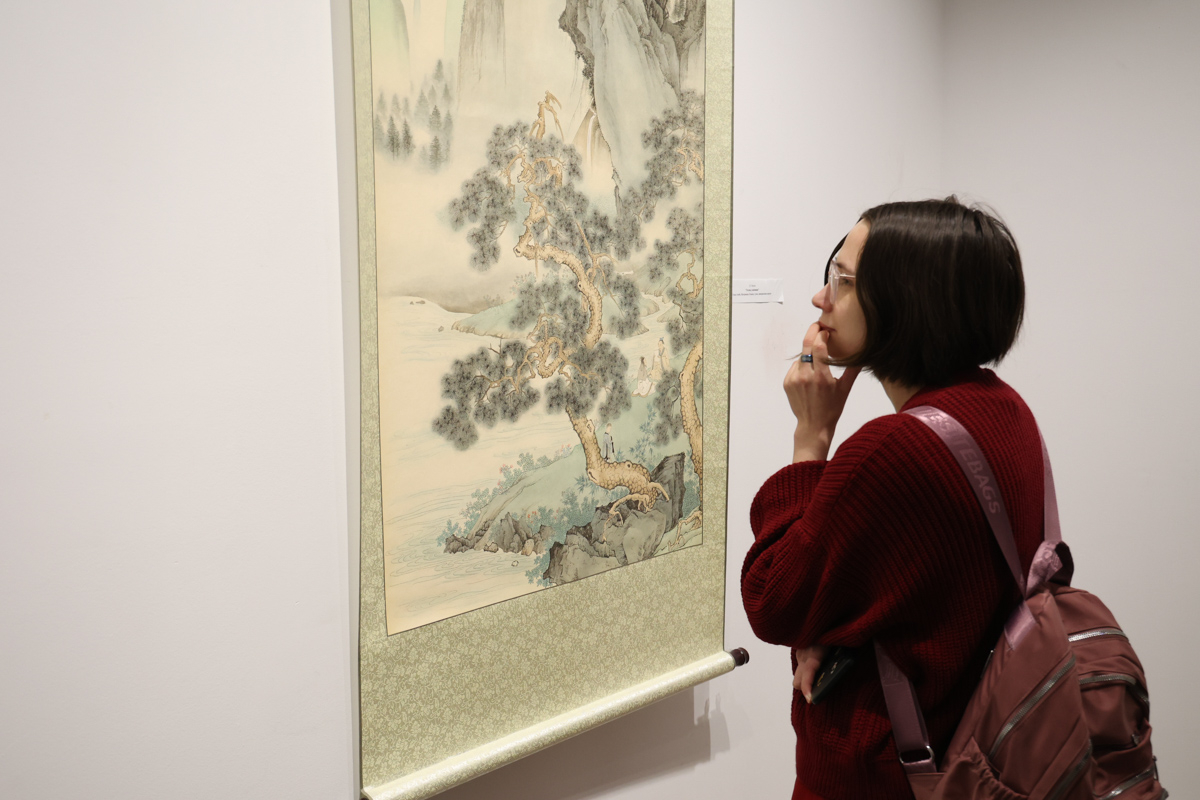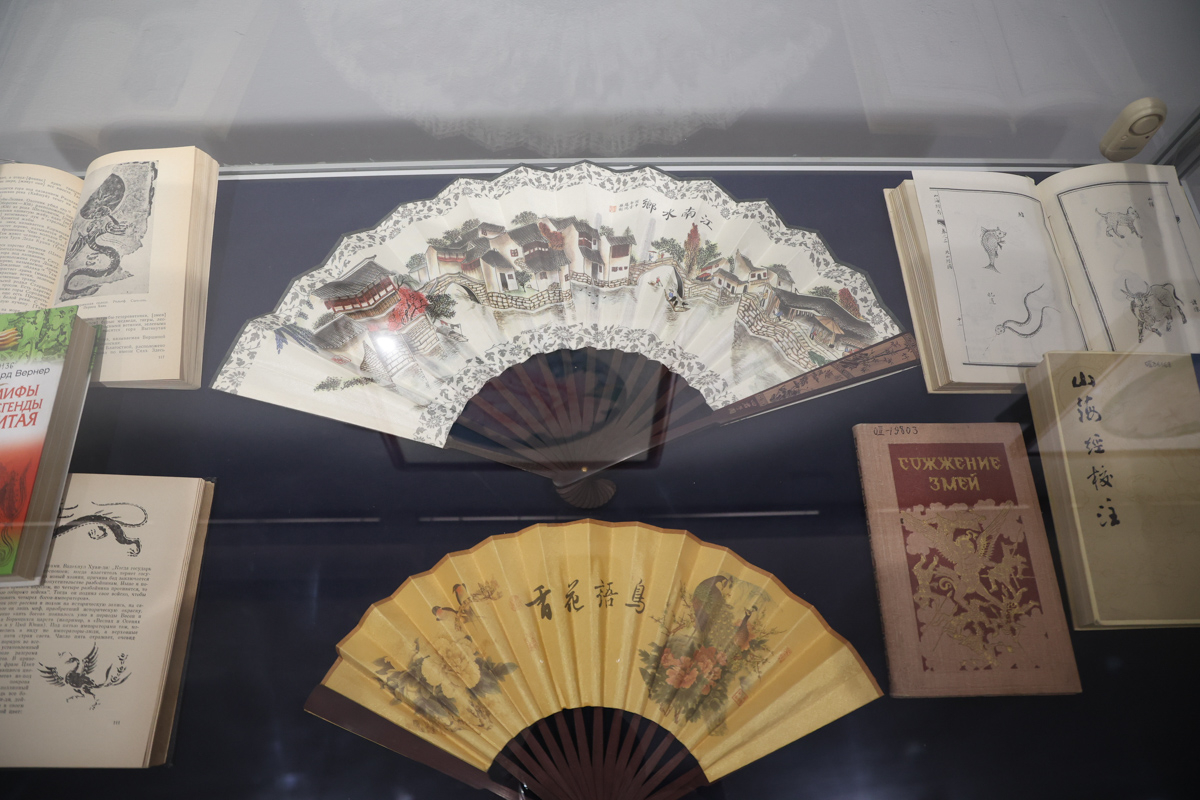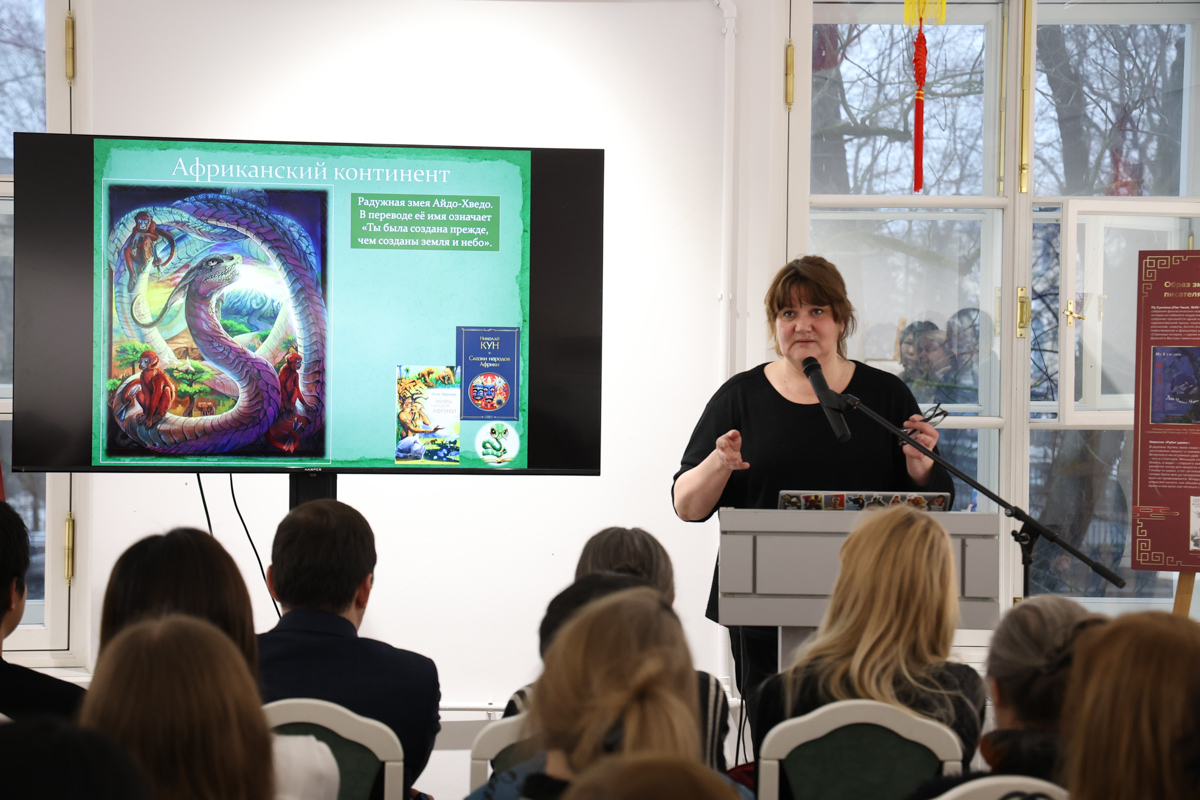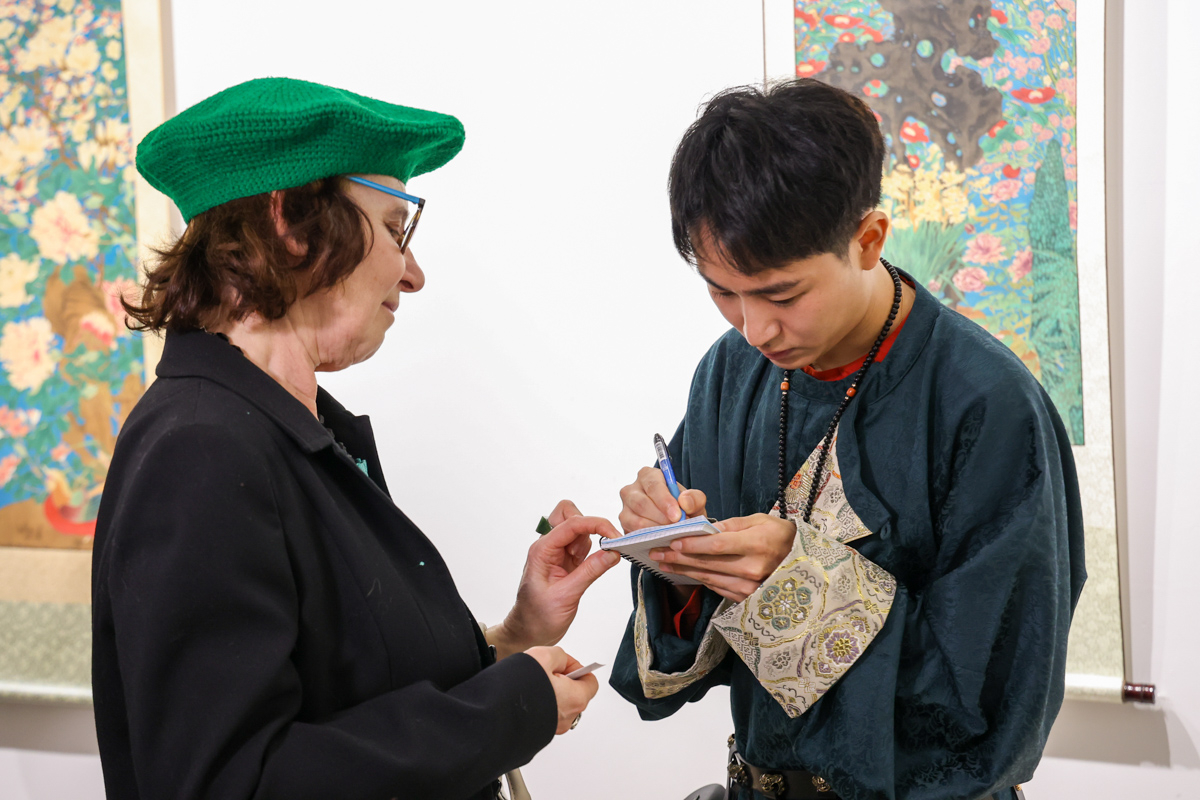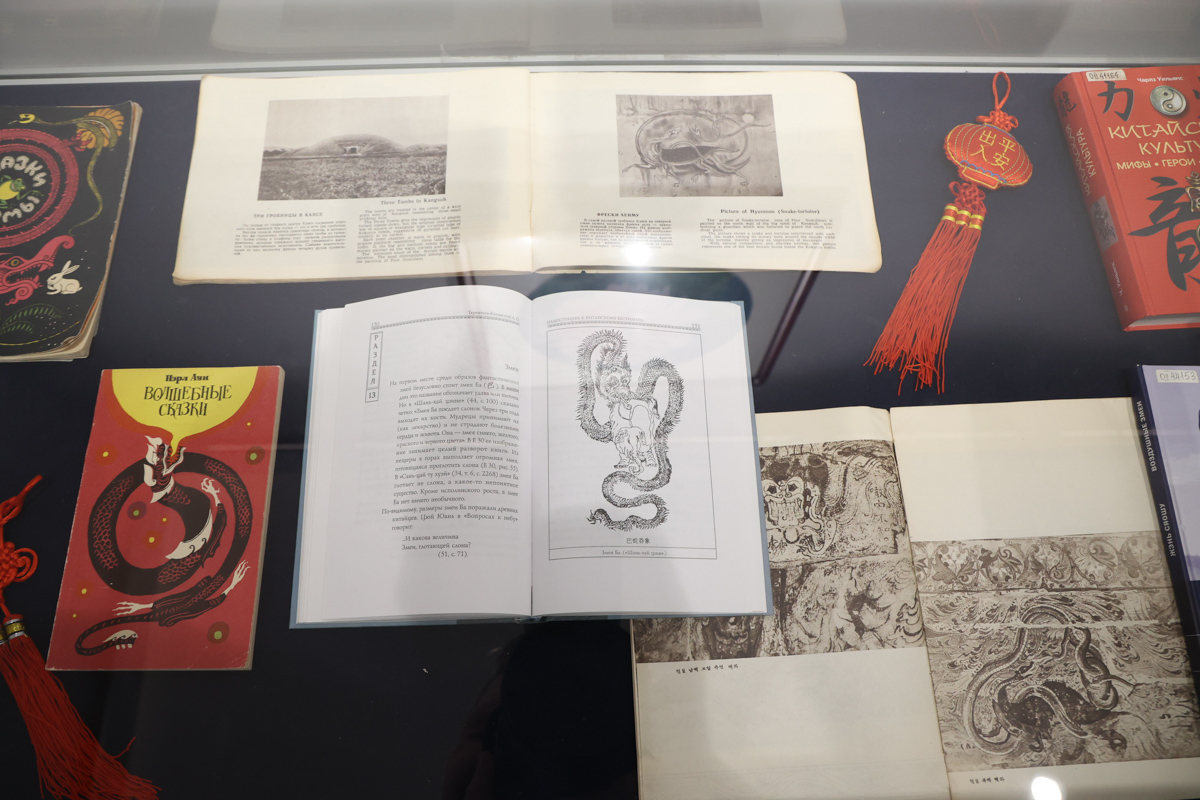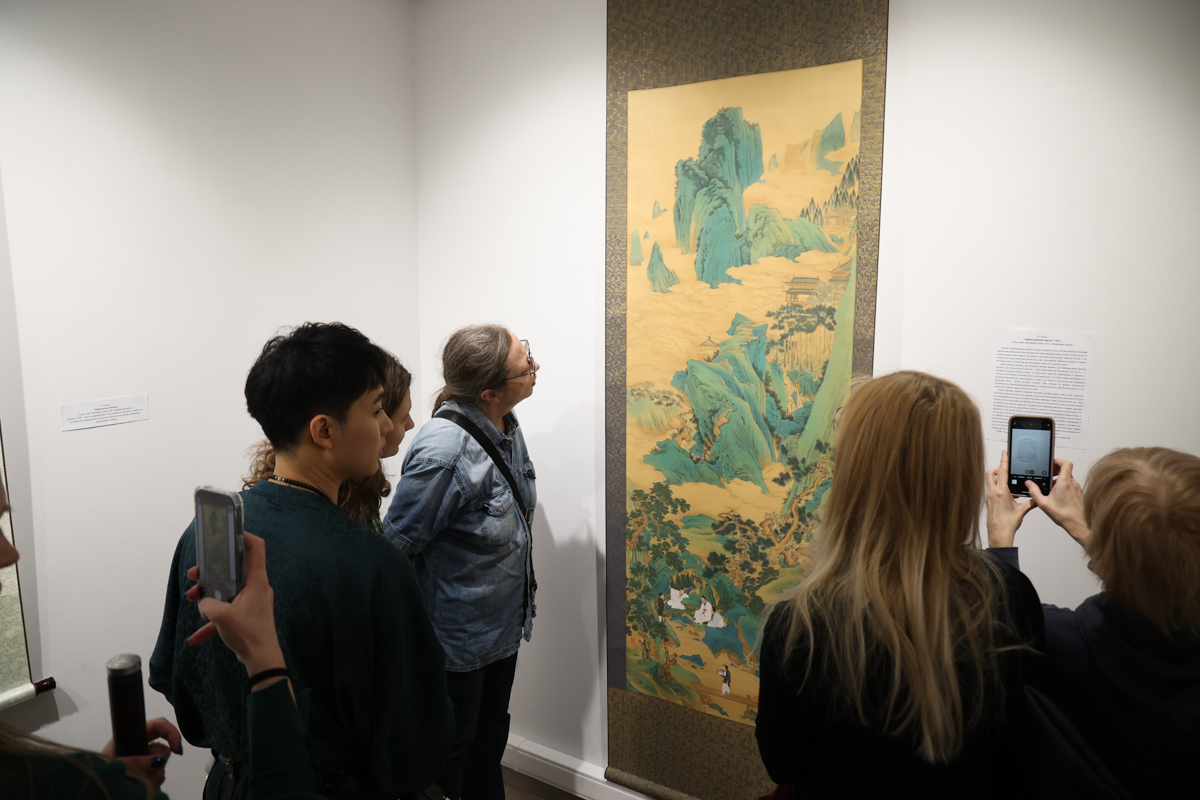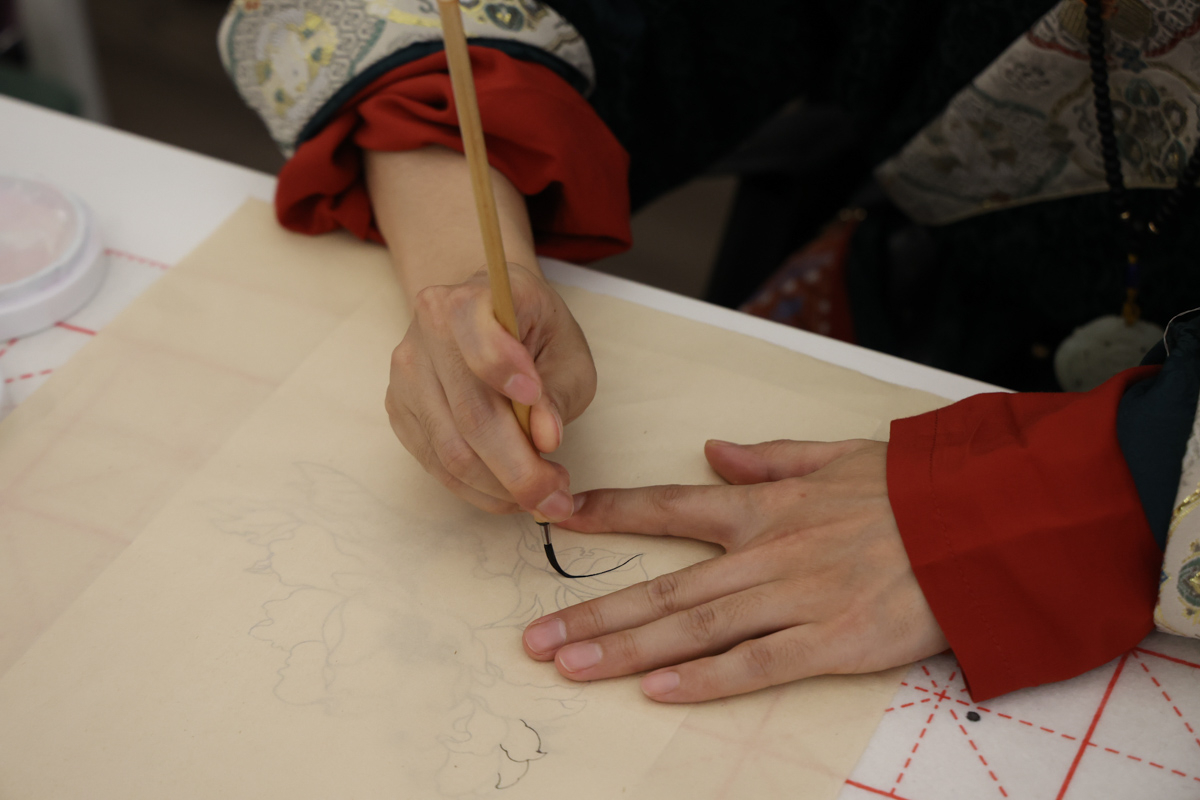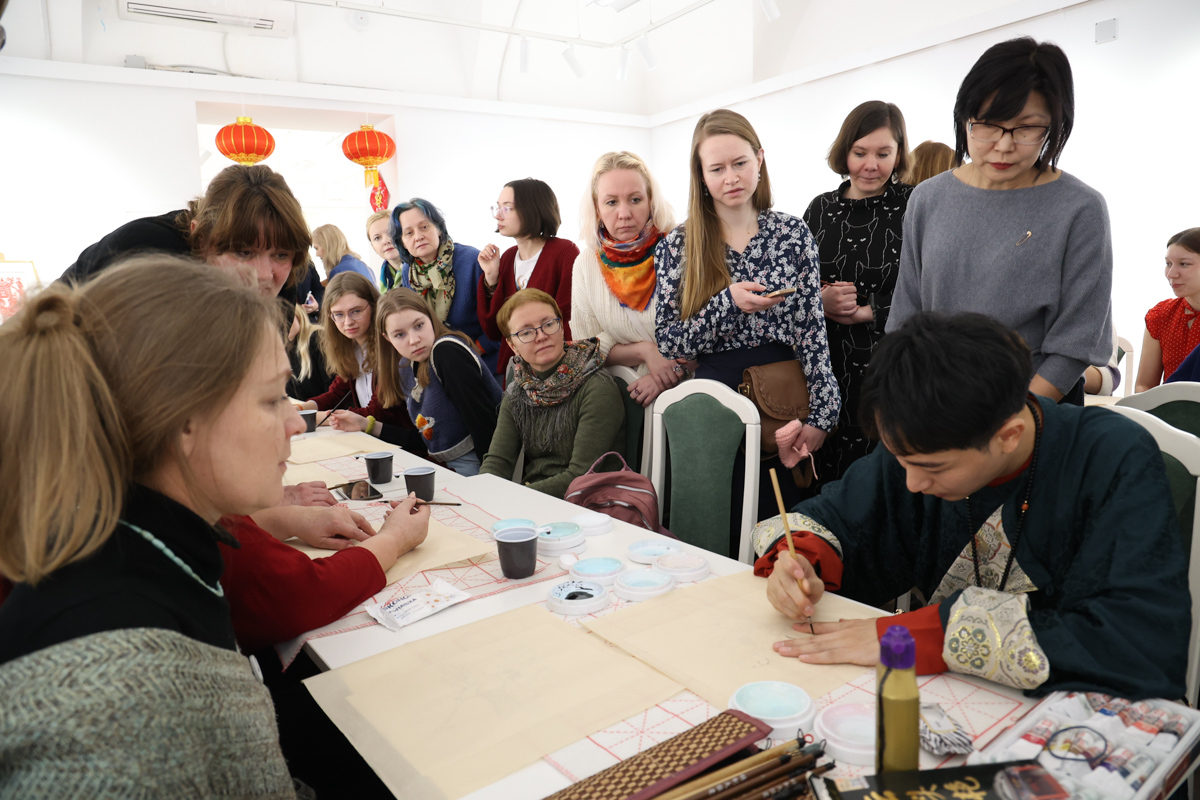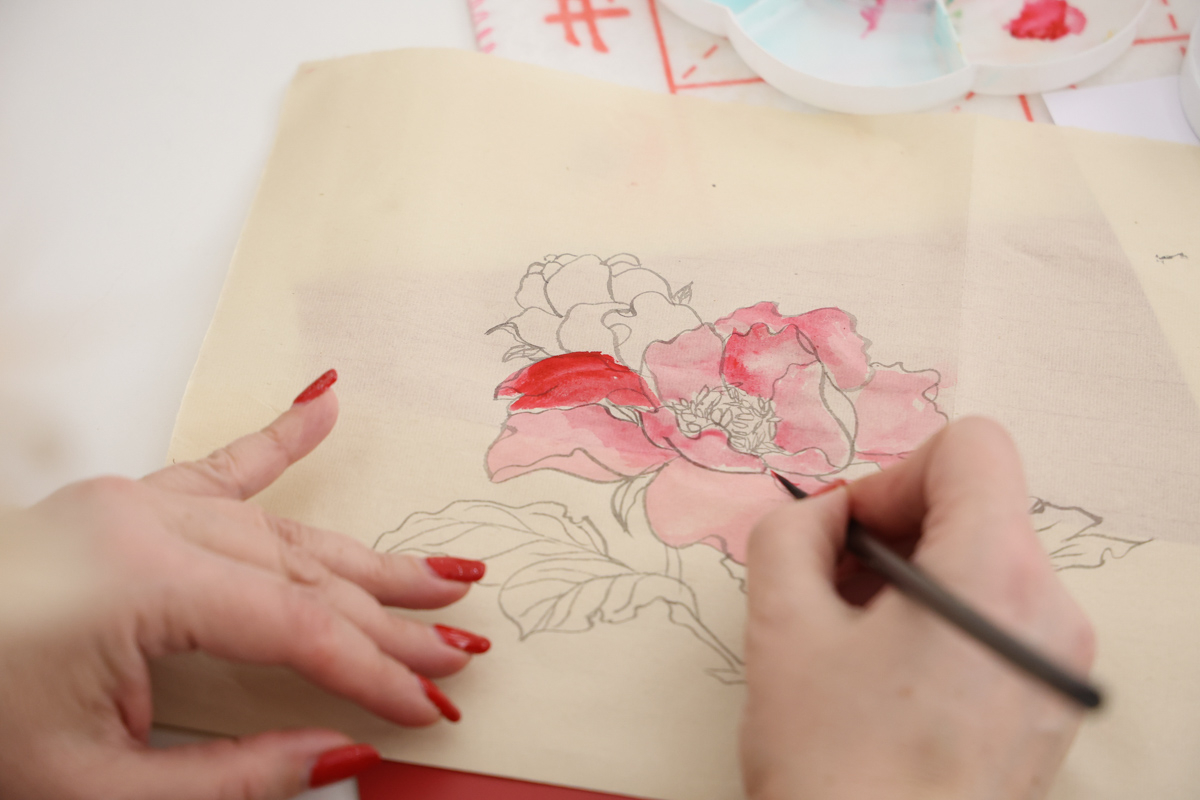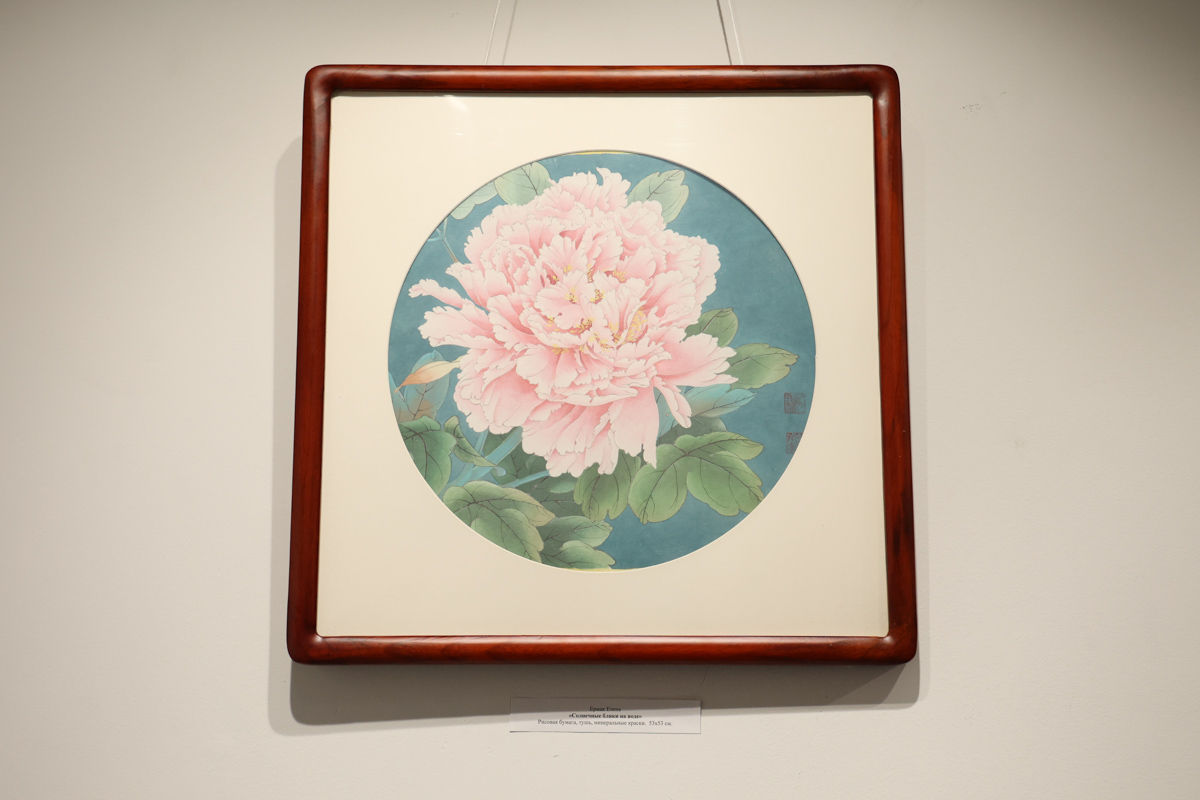Chinese New Year celebrated at St Petersburg University
St Petersburg University recently hosted a series of events to celebrate Chinese New Year, also known as the Spring Festival. This festival symbolises hope for renewal and new beginnings, much like the arrival of spring.
The event opened with a welcome speech by Professor Alexey Rodionov, First Deputy Dean of the Faculty of Asian and African Studies at SPbU and a member of the Department of Chinese Philology. He emphasised that the tradition of celebrating Chinese New Year at the University reflects the strong ties between SPbU and the People's Republic of China. "Today, SPbU serves as an important hub for the development of Russian-Chinese humanitarian partnerships in the fields of education, culture and literature. This festival symbolises the unity of Russian and Chinese cultures and demonstrates our solidarity," concluded Professor Rodionov.
According to the lunar calendar, this 29 January marks the beginning of the year 4722, known as the Year of the Green Wood Snake.
Marina Karpova, Director of the Maxim Gorky Scientific Library at SPbU, highlighted the library's active participation in university events, noting that Chinese New Year has a special place among them. "Our collections do not just store books, they preserve global history, culture and traditions. Our primary mission is to introduce students to this heritage," said Marina Karpova. "I am delighted that we now have more opportunities to showcase our Eastern collections."
Last year, the Maxim Gorky Scientific Library opened an "Indian Corner", a special section with books on Indian history, culture, philosophy, languages and other aspects of life in India.
As part of the celebrations, the University unveiled an exhibition entitled The Image of the Snake in Eastern Culture. The exhibition, curated by the Oriental Studies Department of the Maxim Gorky Scientific Library, focuses on Chinese mythology and art. Every work on display contains references to the snake, whether as a malevolent spirit or as a symbol of good fortune.
Another exhibition featured the work of Tu Zhun, an SPbU lecturer and artist specialising in traditional Chinese gongbi painting.
The festival was further enriched by demonstrations of jianzhi, the traditional Chinese art of paper cutting. This art form is recognised by UNESCO as part of the world's intangible cultural heritage.
Chinese New Year itself is also included in UNESCO's Representative List of the Intangible Cultural Heritage of Humanity.
Dmitry Mayatsky, Associate Professor at SPbU's Department of Chinese Philology, gave a talk on the importance of the snake in Chinese culture. "The snake is the prototype of the dragon in Chinese legends. For example, in the classical Chinese text Lunheng by Wang Chong, written in the 1st century AD, it is noted that the dragon (long) resembles the snake (she)," explained Dmitry Mayatsky.
He also drew attention to the depiction of snakes in the works of Pu Songling, author of Strange Tales from a Chinese Studio. Dmitry Mayatsky referred to stories such as The Python Slayer, The Snake Charmer, The Sea Prince and Hua Gu Zi. "In these stories, snakes appear as both real and fantastical creatures. They either coexist peacefully with humans or invade their lives with hostility," he commented.
It is worth noting that the first two volumes of Strange Tales from a Chinese Studio have been translated by SPbU Professor Alexander Storozhuk (Department of Chinese Philology) and are available for purchase from the SPbU Publishing House.
Milana Azarkina, Head of the Oriental Studies Department at the Maxim Gorky Scientific Library, spoke about the importance of reptiles in other Asian cultures. She noted that snakes are particularly revered in Africa and India. "According to ancient religious beliefs, snakes were seen as the source of life. In Africa, this is represented by the rainbow snake Aido-Hwedo, while in India it is the snake Shesha, whose countless heads support the earth. Temples were built in their honour, and their images are often found near roads, waterways and villages," Milana Azarkina explained.
A masterclass in traditional Chinese gongbi painting attracted great interest. Under the guidance of SPbU lecturer Tu Zhun, participants learned to paint peonies using this intricate technique.
Tu Zhun explained that gongbi means "meticulous brush" in Chinese. The style focuses on detailed, realistic depictions of landscapes, flowers, birds and butterflies. "To master gongbi, you have to start with the basics: lines, strokes and dots. Special mineral paints are used and the artwork is created on silk or rice paper. First we sketch the design with a fine pencil, then refine the lines with fine brushes and ink. Once the outline is complete, we apply layers of paint," Tu Zhun explains.
The University's celebrations were part of city-wide events to mark the Chinese New Year. Chinese students from SPbU, accompanied by Associate Professor Lai Linzhi (Department of International Journalism), were invited to a reception at the Consulate General of the People's Republic of China in St Petersburg. In addition, Darya Oganesova, a fourth year student on SPbU’s History of China programme, represented the University at the 2025 Online Chinese Lunar New Year Gala of Confucius Institutes in China.


